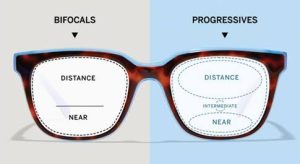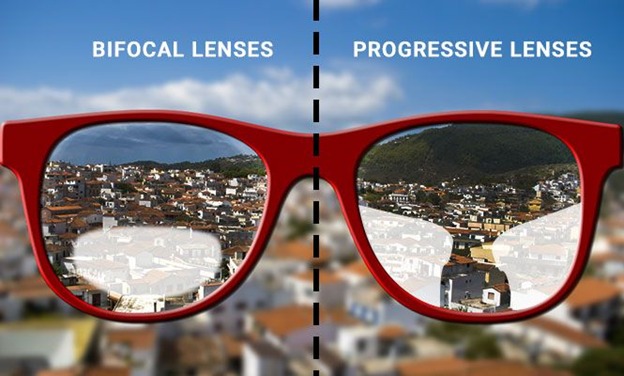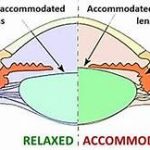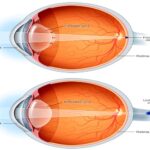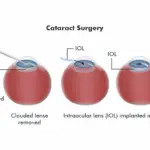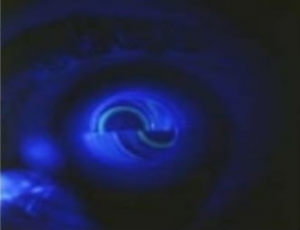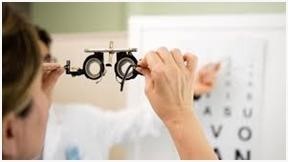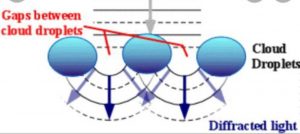It’s also known as progressive lenses, multifocal lenses, progressive addition lenses, varifocal lenses, progressive piwer lenses, varifocal lenses, progressive power lenses or graduate prescription lenses.
It’s a type of eyeglass lenses that provide clear vision at difference distance.
Progressive lense using for a common age related problems called Presbyopia.
Theoretically, every person around age of 40 years facing trouble for near vision.
This happen because of accommodation , after a certain age human natural lens called crystalline lens reduce ability to change shape and accommodate for near.
History:-
The carl zeiss AG & Varilux lenses were the first PAL of modern design. Bernard Maitinaz ,patented Varilux in 1953 and the product was introduced in 1959 by Socicte des Lunetiers.
Advantage & Uses :-
i) Smooth Transition : Progressive lenses haven’t any visible line at the middle of the lens as like bifocal & tryfocal. That’s why this lens give a smooth transition between different focal length.
ii) Vision: The progressive lenses allows for a more natural vision experience.
This lens give three vision
a) Distance
b) Intermediate
c) Near
While traditional bifocal glass give two vision only.
iii) Convenience : Wearers of progressive lenses don’t need to switch between multiple pairs of glasses for different tasks or distances. They can rely on a single pair of glasses for a wide range of activities.
iv) Cosmetics : Progressive lenses haven’t any visible line that’s the reason many people choosing progressive lens as compared to bifocal or tryfocal lense and the reason is who aren’t ready to revealed their age.
v) Jumping Effect : Person who use bifocal or trifocal lens they can feel a jumping movement when they switch their eye from a distance to near. Due to Smooth power transition and soft corridor in Progressive lenses their haven’t any jumping effect.
vi) Asetherics : Progressive lenses have a modern and attractive appearance compared to traditional bifocal or trifocal lenses, as they do not have visible lines.
DISADVANTAGE :-
i) Peripheral Distortion :- Progressive lenses suffer regions of aberration and geomatric Distortion in the periphery. Leading to poor vision when turning the eyes down and to the sides.
ii) Fitting : Progressive lenses required accurate fitting e.g. PD marking, ED etc.
Progressive smooth transition depending on this fitting measurements if it is not accurate too user will be faced problem and it will not be adopted.
iii) Price :- Progressive lenses is little bit expensive then bifocal because progressive lens have new and upgraded technology for give better wual5 of vision.
That’s the reason every person can’t buy this.
Adoption:-
For those new to progressive lenses, a habituation period is often necessary as the brain has to learn to adapt to them. This period varies from a few hours to about two weeks for some individuals. During this time, side effects can include headaches and dizziness. It is recommended that, when these symptoms appear, the progressive lenses are removed for a short time and replaced after the symptoms subside. Going back to an old prescription or a different lens design (bifocal, trifocal) only increases the adaptation time with progressive lenses. Some wearers find that the visual discomfort caused by these distortions outweighs the benefits of wearing a PAL; This is known as progressive intolerance. However, manufacturers claim 90%-98% acceptance rates.
